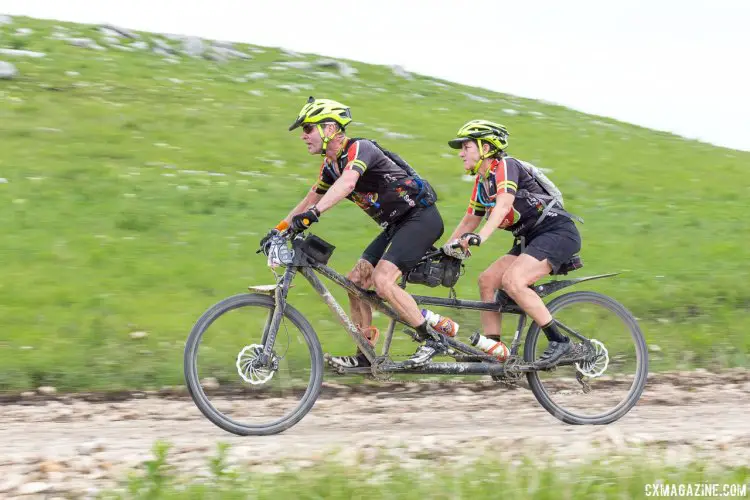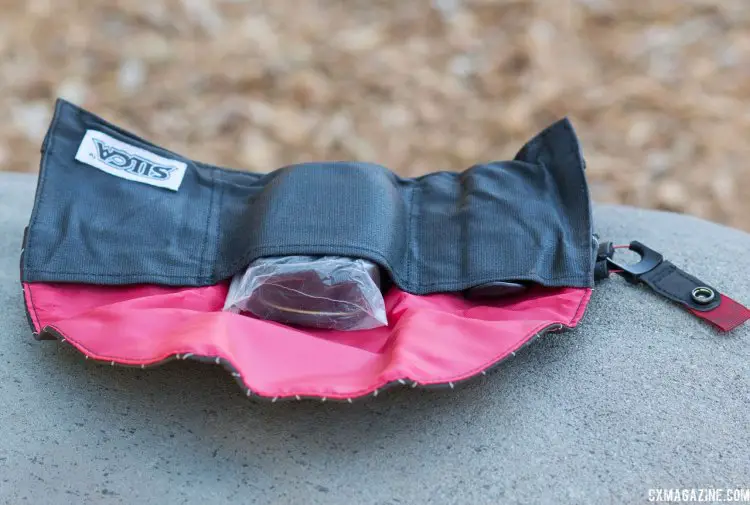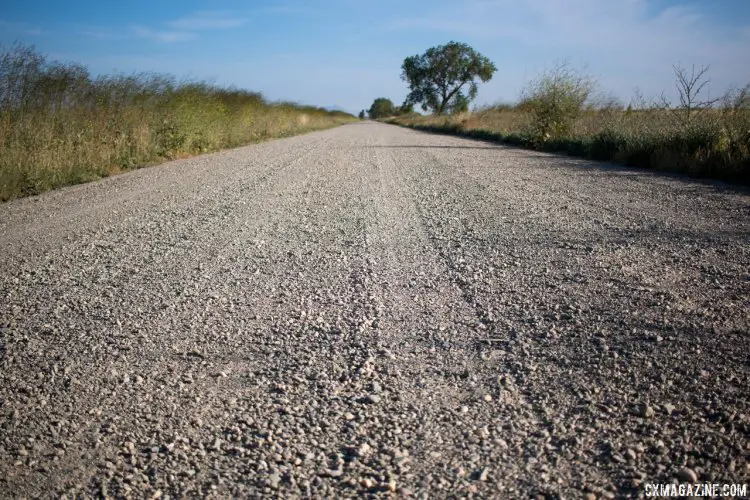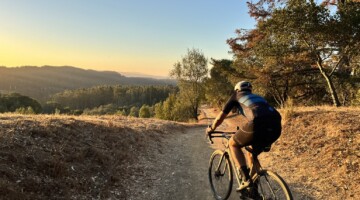Last month coach Kata Skaggs of Arizona provided training tips for cyclists looking to target their first long gravel event. In a follow-up to Friday’s post on gravel needs and don’t-needs from our experts, Skaggs demystifies the gear you do and don’t need for your first gravel grinder.
by Kata Skaggs
Although riding gravel roads is nothing new, gravel grinders themselves have really taken off in the past decade. Despite their participatory nature, long events on roads less traveled can still be intimidating for newcomers.
As a coach, more and more of my clients have expressed interest in doing gravel events, and with the increased interest comes any number of questions: What is required of me and what type of equipment do I need? What type of gravel bike do I need? What if I get a flat? These questions come from cyclists from both road and mountain backgrounds, but fortunately, it’s usually with hope in their eyes and extreme curiosity in their demeanor.
If you are a gravel veteran, you might want to check out last week’s post on things you do and don’t need for a gravel event from several experts in the field of gravel grinding. Today, I want to start with the basics for preparing for your first gravel event. We’ll start with what you don’t need and then dive into what you definitely do.
Things You Don’t Need for Riding Gravel
A gravel bike!
Believe it or not, but a gravel bike is not required to participate in a gravel event. We’ve seen big hog-style mountain bikes on one spectrum and road bikes with skinny tires on the other. There are no rules when it comes to the type of bike needed for a gravel event.
In fact, what riders will find is their bike choice is the largest topic of conversation at these events. You will feel at home discussing why you chose a particular bike versus another. Some enjoy bringing a mountain bike and will continue to talk your ear off about the frame choice they are trying out for the day (titanium, carbon, steel). Some will come with a road bike that they have maxed the tire size on and will want to talk about how much (or little) mud clearance they have.
Keep your eyes and ears open for new ideas on how you might want to change your setup in the future and don’t be afraid to share your ideas in return.

Whatever bike you choose, it’s the right choice for a gravel ride. 2017 Dirty Kanza gravel race. © Christopher Nichols
A certain sized tire or any particular tire setup in general.
One nice thing about riding gravel is you can play with different front and rear tire sizes and treads. Some riders might enjoy a 40mm on the front (to run with lower tire pressure and more traction) and a 35mm on the back (to allow for smooth rolling on pavement) and some would argue that this is crazy because it throws off the geometry.
For many gravel rides, running 23mm tires at 110psi might lead to flats, but I have known riders who swear by 28mm tires, 47mm tires and everything in between. Many readers are likely coming from a cyclocross background, so a good place to start is 32-33mm clinchers and go from there.
The atmosphere of the culture is open, in that we are allowed to experiment with our own tire setups in terms of size, brands and treads. All of it is fair game and gets back to the “run what you brung” mindset that is one of the foundations of gravel riding.
Things You Definitely Need for Your First Gravel Ride
The correct tools.
Think about it, you will be spending long days on long dirt roads. Let’s not assume you will never run into a mechanical. Carry at least two correct-size tubes for your tires, a lever, multi-tool, spare chain link and a small hand pump. There’s nothing wrong with CO2 cartridges, but you want to avoid running out of those when you are too far away from any services. Always carry a hand pump and you’ll never run out of air.

Packing the right tools is a must for any gravel ride. Silca Seat Roll Premio. © Cyclocross Magazine
Water and food.
You are planning long rides in remote areas on gravel. It’s not likely that you will find a convenience store on the corner of Nowhere Road and Hill Climb Avenue. Mountain bikers are used to carrying larger amounts of water on their backs for full day adventures. Road cyclist are familiar with carrying a bottle in their water cage, anticipating stops for fill ups along the route.
For gravel, you’ll need a combination of both. You do not want to carry all of your water and supplies on your back in fear that it will eventually cause dull pain. Divide up the supply between your back and your bike. Mount an extra water cage or two and you’ll be well equipped.
[Editor’s Note: Pros such as Jake Wells often use a hydration pack for long rides like the Dirty Kanza 200. It’s probably best to start with a less extreme ride than the DK200.]
Emergency Action Plan (or EAP)
Don’t forget to tell your loved ones or friends your planned route for the day. When things go south, we often realize how far away from help we truly are. Cell phones often fail during gravel rides because we are roaming outside of tower reach. A solution is to carry a device that will use satellites for communication.
Also, it’s a great idea to place a note sealed in a zip lock (for weatherproofing) on the front windshield of your car. Outline the note with items such as when you departed, when you will return, and the route you plan to take. If a sheriff or bystander notices your car after your anticipated return, they might be able to help you out if you are really in trouble.
Some rides such as the Dirty Kanza require you to have a support team available during the ride. If you are doing an organized event, read the planning material they provide. It also doesn’t hurt to ask others how they organize their EAPs.

Cell phone reception might be tough to come by, so make sure to have a good Emergency Action Plan. © Cyclocross Magazine
Have Fun Out There
In a world of racing and Strava and Zwift, gravel riding is still grassroots cycling at its best. The more open you are to being creative and dynamic, the more camaraderie you will find in the sport. Taking a few minutes to prepare for your first gravel ride will help you get the most out of an experience likely to be among the most fun you’ve had on a bike.
Hope to see you on the gravel roads soon!
Kata Skaggs (coachkata.com) is a USAC Cycling Certified and IMBA Level 1 coach who lives in Arizona. Drawing from over 16 years of experience on the trail with mountain biking and trail running, she started at the beginner level and advanced to pro cross country riding and endurance riding. The skills and knowledge gained over the years combined with her true passion to help others succeed has led her to the life of coaching.
For more training advice, see our Training Tuesday archives. Also see our Gravel Gear archives for items to help you pack right for your gravel adventure.





























